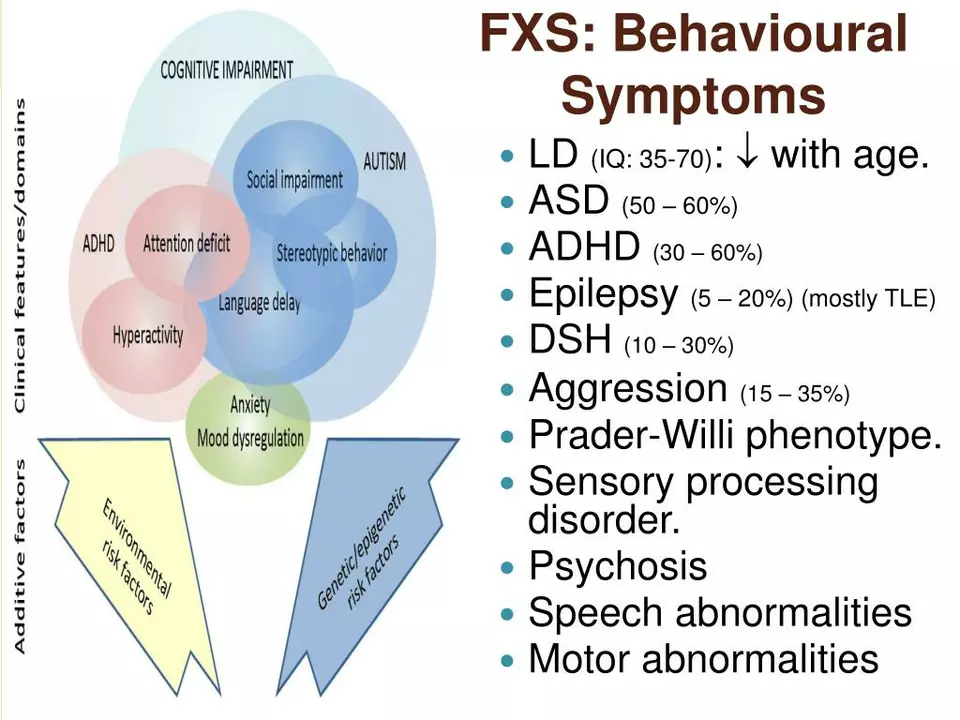Aggression: what it looks like and why it happens
Aggression can be loud—shouting, hitting, throwing things—or quiet, like pushing people away or constant anger. It shows up for lots of reasons: medical problems, medication side effects, mental health conditions, stress, sleep loss, or anger that’s built up over time. Knowing what’s behind the behavior makes the next steps clearer.
Quick steps to handle an aggressive episode
When someone becomes aggressive, safety comes first. Give them space. Keep your voice calm and steady. Say short, clear things like "I’m going to get help" or "Let’s sit down and breathe." Avoid arguing, threats, or touching them unless it’s to stop immediate harm.
If you’re the one feeling aggressive, pause and step away if you can. Try slow breathing: in for four, out for six. Move to a quieter spot, splash water on your face, or go for a short walk. If alcohol or drugs are involved, get to a safe place and call a friend or professional.
Call emergency services right away if anyone’s in danger, there’s a weapon, someone is suicidal, or the person can’t be calmed and keeps getting more violent.
Long-term strategies and when to talk to a doctor
Look for patterns. Does aggression happen after poor sleep, missed meds, alcohol, or a certain trigger? Tracking episodes in a small notebook or phone note helps you spot what sets it off.
If medication might be a cause, talk to the prescriber. Some drugs—like steroids, certain stimulants, and withdrawal from alcohol or benzodiazepines—can fuel agitation or aggression. Don’t stop or change doses on your own; your doctor can adjust safely.
Therapy works. Cognitive-behavioral therapy (CBT) and anger-management techniques teach skills to spot rising anger, change thought patterns, and respond differently. Family therapy helps set boundaries and safer routines at home.
Healthy habits cut down on aggressive episodes: regular sleep, steady meals, exercise, and lowering caffeine or alcohol. Simple stress tools—short walks, progressive muscle relaxation, or a five-minute breathing break—help a lot when used often.
Caregivers: set clear rules, keep dangerous items out of reach, and have an emergency plan with contact numbers. If aggression comes from dementia, head injury, fever, severe infection, or sudden behavior change, seek medical care fast—those can be medical emergencies.
If aggressive behavior becomes regular, more intense, or leads to harm, see a doctor or mental health professional. They can check for medical causes, review medications, and suggest therapy or treatment. You don’t have to handle this alone—practical help and clear steps can reduce risk and make life calmer for everyone.

